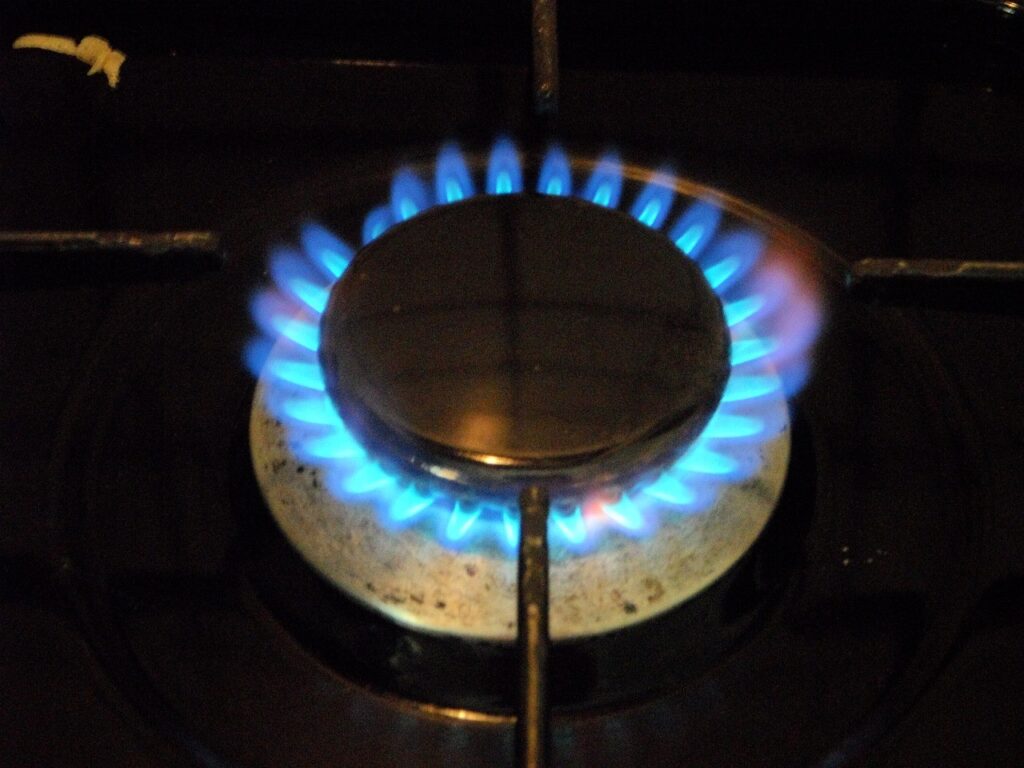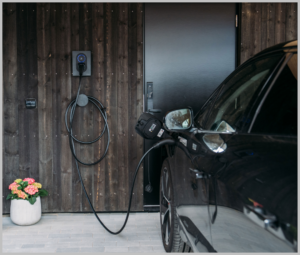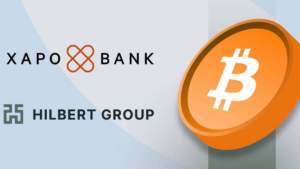Expansion of LNG terminals needed to keep prices down, says IMF
The International Monetary Fund (IMF) has said that stabilizing liquefied natural gas (LNG) prices in the long term means building more LNG terminals to achieve market integration, although it warned that the cost of building out the infrastructure is a major obstacle.
Natural gas has a “partially fragmented global market” because it relies mostly on pipelines for transportation, “unlike the market for crude oil, which is more integrated and tends to trade at a single price in most places,” the Washington-based lender said. in an article on Tuesday.
“Such fragmentation in the natural gas market means not only that prices differ between regions, but also that high prices in one part of the world are not necessarily passed on to buyers elsewhere.”
Comparing the LNG transportation system in the US and Europe, the IMF said the Russia-dependent continent saw a more dramatic increase in gas prices than the US because of Europe’s reliance on pipelines.
“Pipeline flows to Europe from Russia fell by 80 percent since mid-2021, sending the continent’s gas prices up 14 times to a record level in August 2022,” it said. “Prices for globally traded liquefied natural gas saw a similar jump. But LNG prices in the US tripled and stayed put, while prices rose several times in Europe and Asia”.
The US is insulated from global gas market shocks because it has a competitive terminal network that allows for easier exports and because gas production and pricing in the country is integrated with oil production and pricing.
Historically, the US market was linked to crude oil prices because natural gas was mostly a by-product of oil drilling, but this relationship, sometimes called artificial integration, has been dismantled in the last decade, mainly due to rising shale gas production. As natural gas production increased in the US, surpassing Russia in 2012 as the world’s largest producer, and export terminals were built, it became easier to sell to markets outside North America.
But even if more terminals allow greater natural gas outflows, unstable pricing formulas can still keep prices high for consumers, the IMF said. Europe has had the infrastructure to accommodate more LNG imports but the increased capacity has not led to lower prices as price premiums can change quickly relative to the US.
With natural gas in Europe receiving a temporary price premium in the spring and summer of 2022, Asian customers of US LNG decided to redirect their cargoes to sell in Europe.
“Price formulas for long-term supply contracts with US companies usually use US prices. This meant that Asian customers with long-term deals could buy cheaper from the US and then divert tankers at sea to sell cargo at the much higher European spot market price”, allow it.
“Despite an increasing reliance on LNG as a substitute for Russian pipeline gas, European LNG import capacity proved not to be a binding barrier to market integration.”
But the IMF argued that expanding LNG export capacity helps protect against supply shocks by “creating truly global gas markets that are balanced across regions”.
It said that “expansions of global LNG export capacity are needed to bring European and Asian prices back to historically normal levels in the longer term”.
The IMF also sees demand for natural gas increasing as a transitional energy to serve power generation.
“Major expansion projects already under construction in the US, Africa, the Middle East and elsewhere are likely to increase global LNG export capacity by 14 percent by 2025,” it said. “Other planned projects could bring export capacity to around 1 trillion cubic meters [35,31 biljoner kubikfot], about a quarter of last year’s global gas consumption.”
But the IMF recognized that lenders would not easily jump into such projects.
“Companies need 15- to 20-year contracts to get bank financing for construction. Terminals typically cost 10 to 15 billion dollars and take two to four years to complete. Timelines are less certain for projects without long-term sales contracts, and some may never be built.”, it explained.
About the Viking
With Viking’s signals, you have a good chance of finding the winners and selling in time. There are many securities. With Viking’s autopilots, price data, tables and stock prices, you can sort out the most interesting ETFs, shares, options, warrants, funds, etc.
Click here to see what Vikingen offers: Detailed comparison – Stock market program for those who want to become even richer (vikingen.se)













